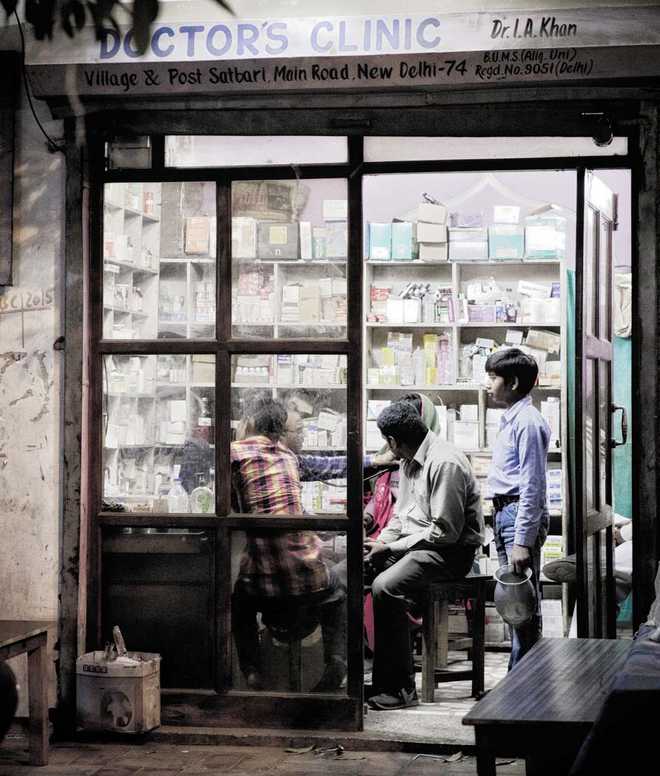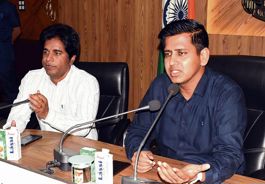
THE first ever state-wise health report is out. The study, ‘India: Health of the Nation’s States — the India State-level Disease Burden Initiative’, comparing the health of citizens in 2016 with that in 1990. First, the good marks: Life expectancy has gone up by almost 10 years: Up from 59.7 years in 1990 to 70.3 years in 2016, women have an edge over men. Secondly, our socio-economic development over these years has to some extent been in tandem with the control of communicable diseases, which have traditionally been our bane. This is reflected in the drop of the incidence of malnutrition, diarrhoea, anaemia and tuberculosis in the developed states of Punjab, Goa, Kerala and Tamil Nadu. Their infant mortality and immunisation rates too show a marked improvement.
Now, the poor score: Sadly, these ailments continue to plague the poorer states of Uttarakhand, Bihar, Chhattisgarh, UP, MP, Rajasthan, Jharkhand, Chhattisgarh and Odisha, with a huge number of patients still succumbing to them. But the prosperous states too are not in the pink of health despite having tackled communicable diseases. The new red flag is the rise in lifestyle-related ailments and non-communicable diseases (NCDs) such as cancer, diabetes and respiratory and heart illnesses. In fact, Punjab is the capital of ischemic heart disease. The share of NCDs in the total burden of disease has increased to 55 per cent from 30 per cent in these 26 years. In all, the widening demographic disparities — characterised by a malnutrition death in Odisha and an obese kid in Punjab — add up to a severe health crisis.
India bears one-fifth burden of the world’s disease, we now have a state-wise break-up of the burden. The national health providers, in conjunction with states, would do well to take this as a prescription for the treatment of the problem. Along with shifting focus on preventive medicine and building capacity to tackle NCDs, it is important to give a financial booster dose to the health sector. Right now, it’s woefully inadequate at 1.15 per cent of the GDP. Plus, of course, the onus falls on the individual to mitigate lifestyle and behavioural/occupational diseases. Just eat right, take a walk, meditate and stay healthy.



























